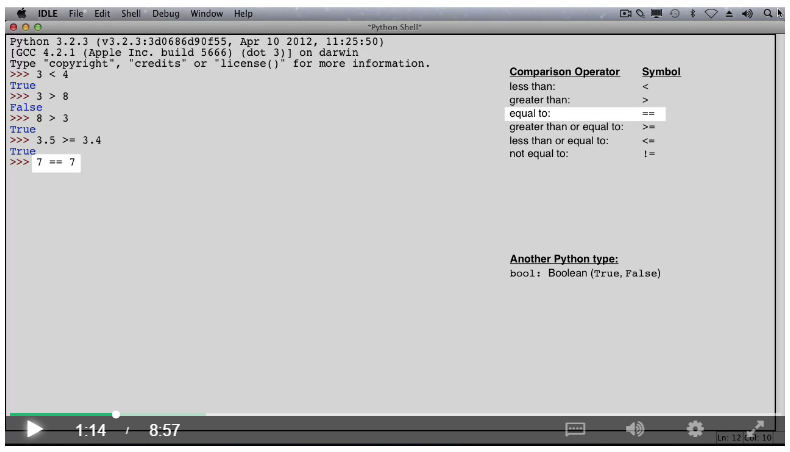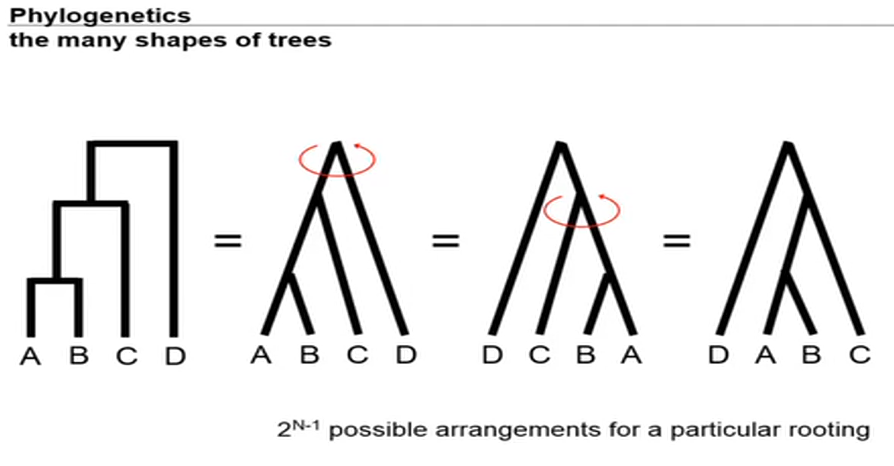| MEDIA DESIGN PRINCIPLES |
VIDEO TIPS & STRATEGIES |
VIDEO STYLES | PRODUCTION MATRIX |
In this section we discuss some principles of media design that apply to video creation based on the 12 principles of multimedia learning by Richard Mayer. When creating your lectures – specifically if you are using slides, images and animation – consider these five principles to help ensure quality and improve student learning and engagement.
Coherence Principle
The graphics and text have to work together coherently.
In this example from an earth energy systems course, the text about sunlight intensity and the graphics (the sun and the earth) reference each other.
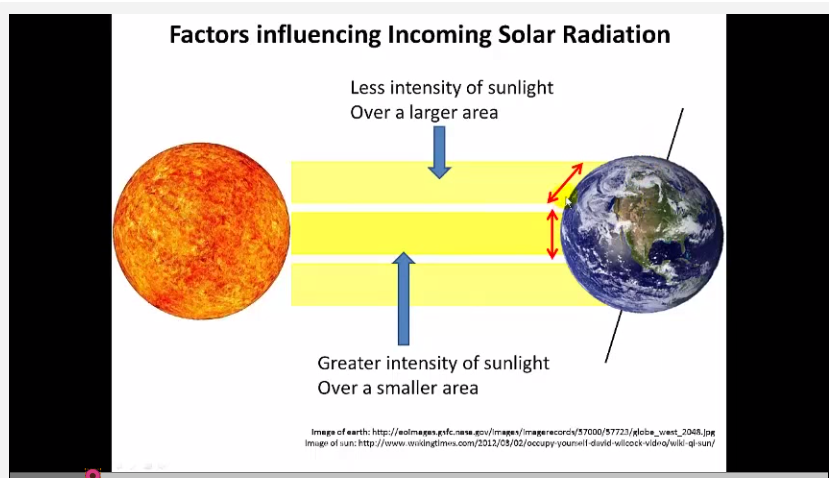
Signaling principle
Highlight important material and diminish extraneous or less important material.
In this example a programming course captures live coding. As they discuss the topic, when important material needs to be highlighted, the screen fades out the background and focus is drawn to the piece being talked about.
Redundancy principle
People learn better from graphics and voice rather than graphics, voice and on-screen text.
In this example from a Bioinformatics course, the instructor uses very simple graphics (and almost no text) in the narration about the subject. Focus is placed on the graphics and voice.
Temporal contiguity
Put graphics or text and voice together, not serially.
The importance of this principle is to be sure that the graphic or text you are speaking to is synchronized to the point you are talking to. Do not leave graphics or text on screen too early or too long after the point you are trying to illustrate. Subtitles are included in this statistics example to demonstrate how talking point is in sync with the graphic (“of course that area is equal to one quarter” is spoken as the graphic shows the area as one quarter).
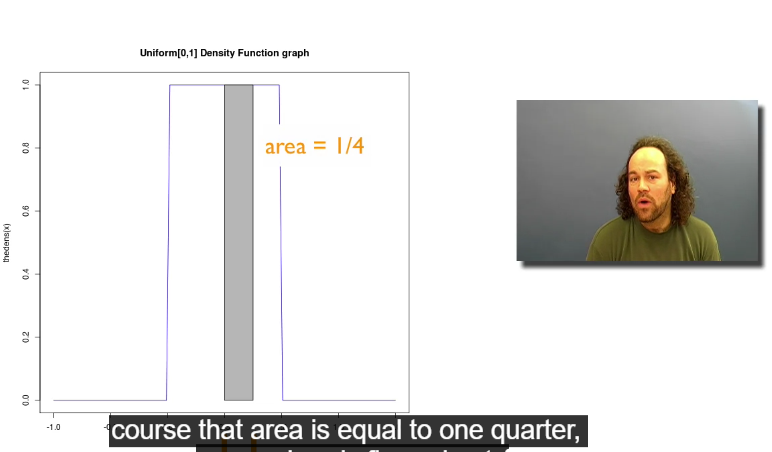
Spatial contiguity
Put graphics and words together spatially; integrate words into the graphic.
In this example from psychology, the text is integrated with the graphic and are placed as closely to the area being referenced/pointed to as possible.
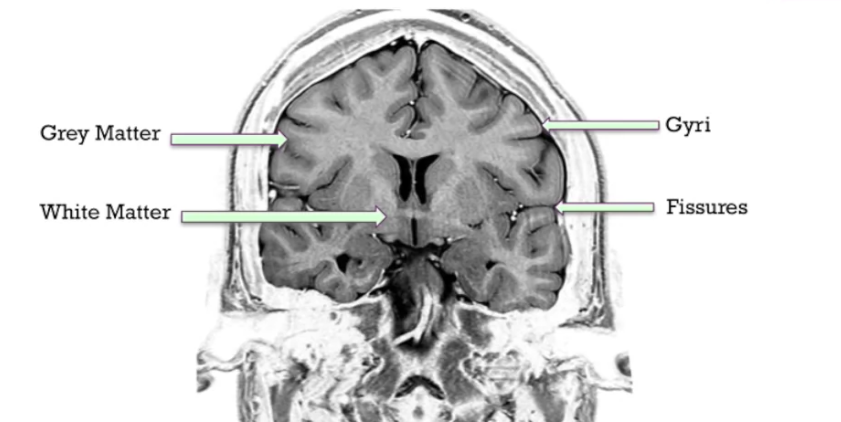
Back to Video Strategies Homepage
References:
Mayer, R.E, (2015, March). Research Based Principles for Multimedia Instruction. Keynote
Plenary presented at the Coursera Partners Conference meeting, Newport Beach, CA.
Principles for multimedia learning with Richard E. Mayer retreived from http://hilt.harvard.edu/blog/principles-multimedia-learning-richard-e-mayer

